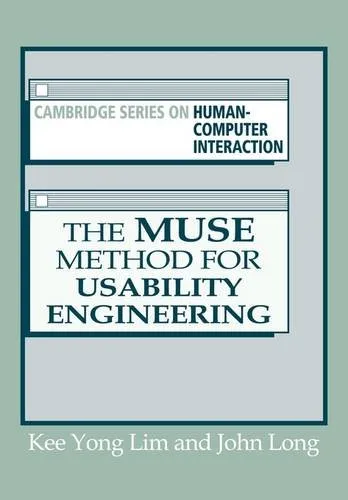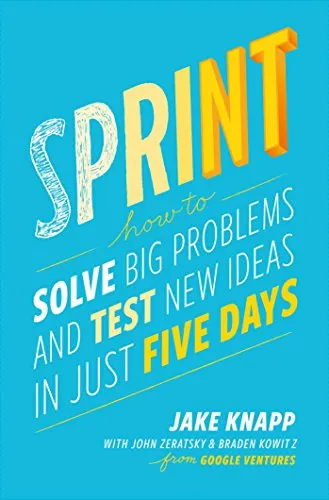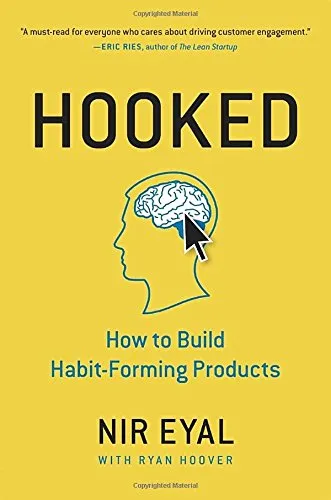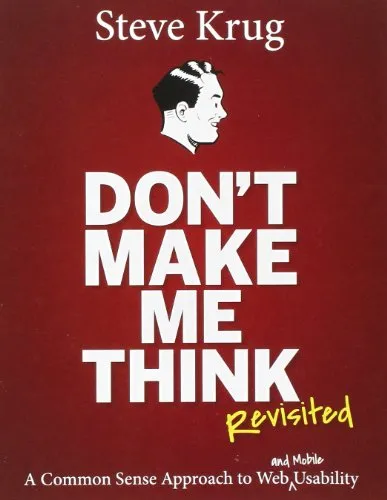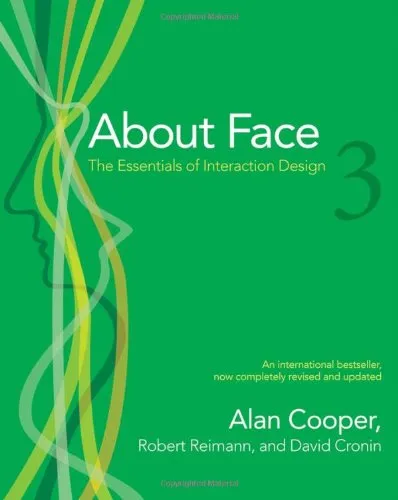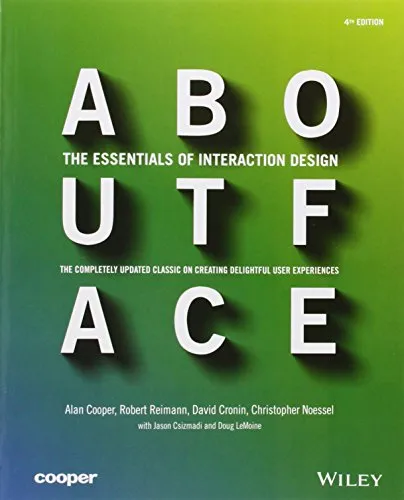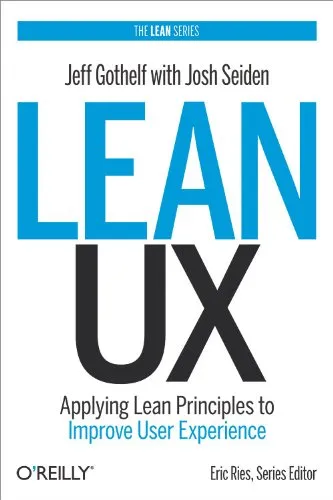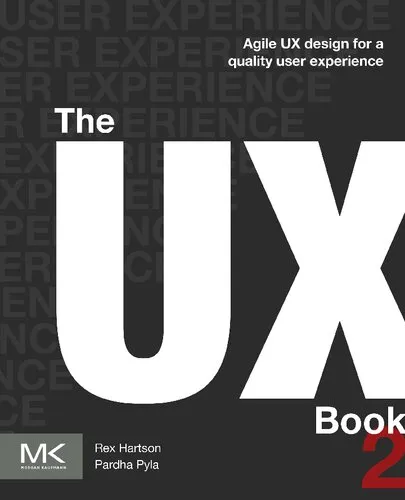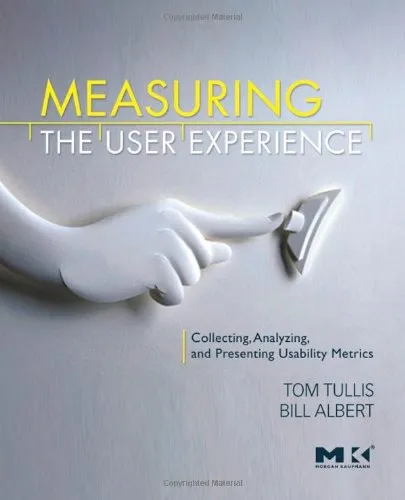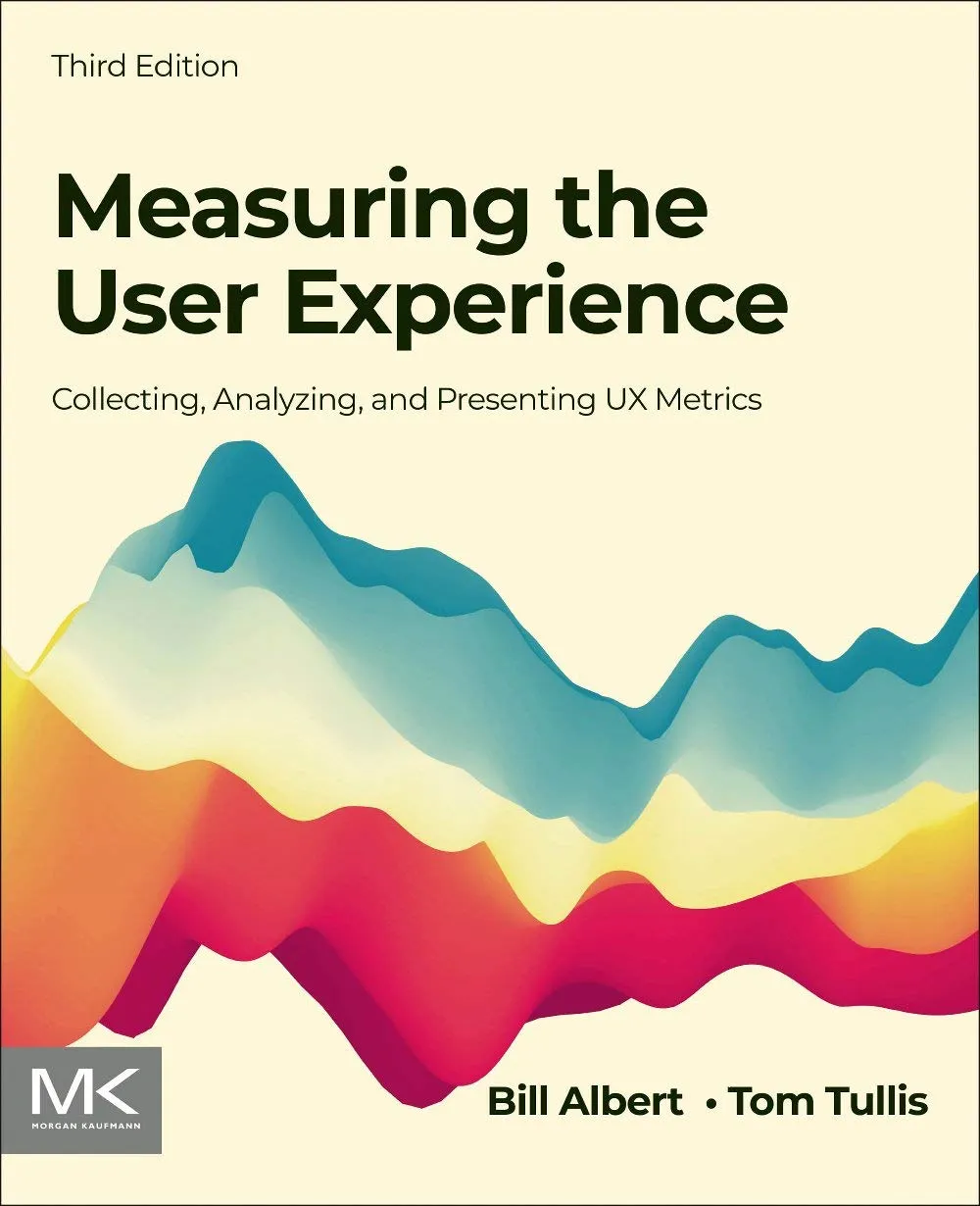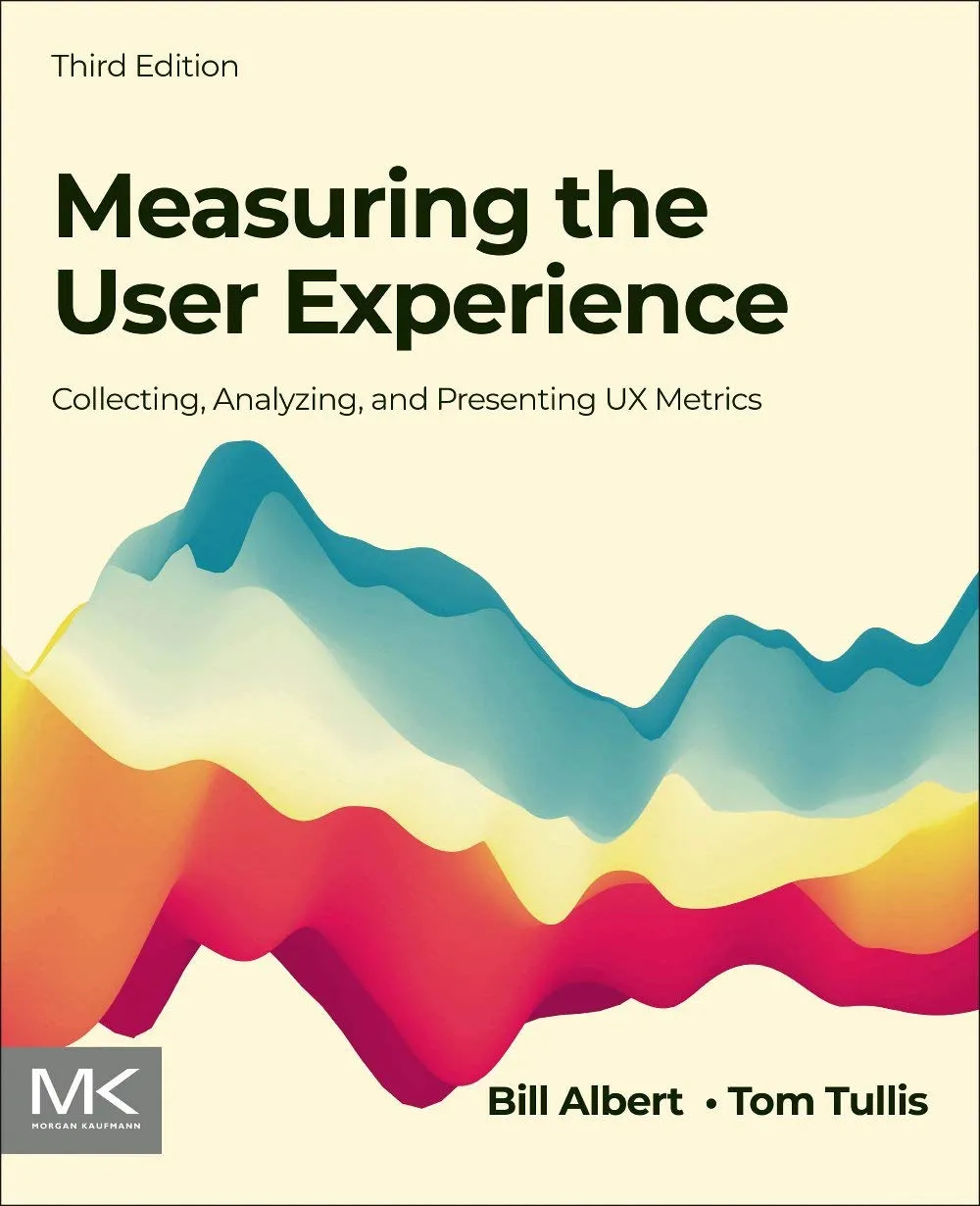The Muse Method for Usability Engineering
4.0
Reviews from our users

You Can Ask your questions from this book's AI after Login
Each download or ask from book AI costs 2 points. To earn more free points, please visit the Points Guide Page and complete some valuable actions.Related Refrences:
Persian Summary
Introduction to 'The Muse Method for Usability Engineering'
Written by Kee Yong Lim and John B. Long, "The Muse Method for Usability Engineering" provides a robust framework for implementing usability engineering processes in software development and design. As technology becomes increasingly ubiquitous in our daily lives, the demand for intuitive and accessible user experiences intensifies. This book equips readers with strategies to develop products that are not only functional but also pleasurable to use.
Detailed Summary of the Book
"The Muse Method for Usability Engineering" introduces a comprehensive, step-by-step guide to implementing usability within the software development lifecycle. The book presents the reader with a methodology tailored to meet the unique needs of various projects and environments. At its core, the Muse Method emphasizes user-centered design principles that encourage continuous feedback and iteration.
The authors begin by establishing the theoretical foundations of usability engineering, coupling this knowledge with practical insights gleaned from years of research and industry experience. Each chapter delves into different aspects of the Muse Method, from initial user research and prototype creation to testing and iterative improvement. The approach is holistic, stressing collaborative team efforts and effective communication among stakeholders.
Throughout the book, the authors provide detailed case studies and examples that illustrate the real-world application of the Muse Method. These case studies serve as both inspiration and a roadmap for professionals seeking to integrate usability engineering in their practices. By the end of the book, readers will have a deep understanding of how to integrate usability methodologies seamlessly into their projects.
Key Takeaways
- Understand the importance of user-centered design and how to implement it effectively.
- Gain insights into the different phases of usability testing and evaluation.
- Learn how to communicate usability findings with broader team members and stakeholders.
- Acquire the knowledge to build user personas and journey maps that drive informed design decisions.
Famous Quotes from the Book
"Usability is not a feature; it's a foundation upon which technology can truly serve humanity."
"The heart of usability engineering is an empathetic understanding of users' needs and challenges."
"Through every interface, we have the power to either delight or frustrate. Choose wisely."
Why This Book Matters
In an era where user experience can make or break a product's success, "The Muse Method for Usability Engineering" holds significant relevance. This book is a critical resource for designers, developers, project managers, and usability practitioners who aim to prioritize and refine the user experience within their products. By fostering a deeper understanding of usability engineering principles, it empowers readers to create designs that are intuitive, inclusive, and impactful.
The framework outlined in this book serves as a valuable tool for both beginners and seasoned professionals who wish to hone their skills and improve their approach to usability challenges. Moreover, its emphasis on user-centered design echoes the industry's shifting focus from functionality alone to a more balanced approach that considers user satisfaction and problem-solving at its core. Through this book, readers gain not only technical and theoretical insights but also practical skills that can be translated into tangible results.
Free Direct Download
You Can Download this book after Login
Accessing books through legal platforms and public libraries not only supports the rights of authors and publishers but also contributes to the sustainability of reading culture. Before downloading, please take a moment to consider these options.
Find this book on other platforms:
WorldCat helps you find books in libraries worldwide.
See ratings, reviews, and discussions on Goodreads.
Find and buy rare or used books on AbeBooks.
1574
بازدید4.0
امتیاز0
نظر98%
رضایتReviews:
4.0
Based on 0 users review
Questions & Answers
Ask questions about this book or help others by answering
No questions yet. Be the first to ask!
